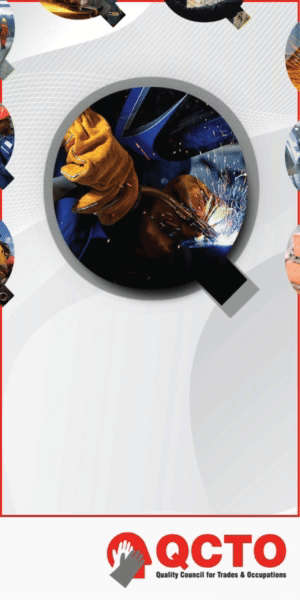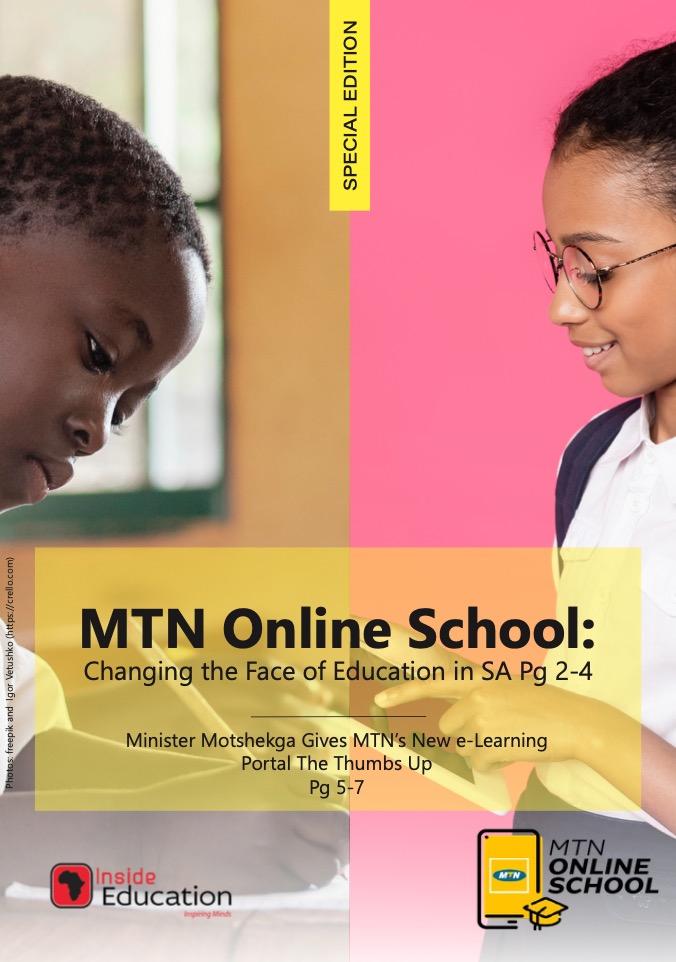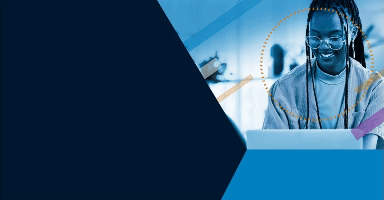PHUTI MOSOMANE
THE Department of Basic Education (DBE) highlighted several challenges affecting students’ reading comprehension in schools during a parliamentary session on Tuesday. These challenges include a lack of reading culture in many households, under-resourced schools, and inadequate emphasis on reading during early childhood development.
The Portfolio Committee on Basic Education received a detailed briefing from the DBE regarding the recently published Progress in International Reading Literacy Study (PIRLS) for 2021.
According to the PIRLS 2021 study, learners’ ability to read for comprehension significantly lags behind as they reach the age of 10, indicating low performance levels.
Reading comprehension involves the capacity to read text, process it, and grasp its meaning. It relies on two interconnected skills: word reading (the ability to decode symbols on the page) and language comprehension (the ability to understand the meaning of words and sentences).
Proficient readers who possess a strong understanding can draw conclusions and make inferences from the text they read.
The DBE utilizes three distinct national assessments to gather data: Early and Emergent Literacy Skills (ELNA), Foundational Reading Comprehension (Systemic Evaluation), and International Reading Comprehension Benchmarks. The DBE states that the results from ELNA and the Systemic Evaluation assessments are more favourable compared to the outcomes of the International Reading Comprehension assessment.
South Africa has been participating in the Progress in International Reading Literacy Study (PIRLS) since 2006, with subsequent cycles in 2011, 2016, and most recently in 2021.
The assessment covered 12,426 Grade 4 learners from 321 schools and 9,317 Grade 6 learners from 253 schools. Grade 4 learners represented all 11 official languages and nine provinces, while Grade 6 learners only represented Afrikaans and English.
South Africa achieved a participation rate of 97% for Grade 4 and 98% for Grade 6 after accounting for replacements.
In comparison to 2016, South Africa’s trend score dropped significantly from 320 to 288, reflecting a difference of 32 points. The data revealed that 81% of Grade 4 learners and 56% of Grade 6 learners did not reach the low benchmark of 400 points.
For Grade 6 learners, the average score was 384 points, with Afrikaans learners scoring an average of 456. Afrikaans emerged as the best-performing language with a score of 387, while Setswana had the lowest score of 211.
Among the provinces, the Western Cape achieved the highest scores with Grade 4 learners scoring 363 and Grade 6 learners scoring 460. This was nearly 131 points above the Grade 4 score of North West, which achieved 232. Nationally, Grade 4 girls scored 317 points, surpassing Grade 4 boys by 57 points (260).
Committee Chairperson Bongiwe Mbinqo-Gigaba said the committee is concerned about the results, but noted the societal issues that impact on South Africa’s results, including the days of learning lost during Covid-19.
“We took to heart some of the suggestions and strategies mentioned, like placing more emphasis on access to books and reading corners in classrooms, thereby inculcating a love for reading and being able to read with meaning and understanding,” Mbinqo-Gigaba said.
Concerns have been raised by committee members regarding the PIRLS assessments being conducted in English, which poses a challenge for learners who do not have English as their language of instruction during the early developmental phase.
Equal Education, an advocacy group, has expressed deep disappointment in the outcomes of the literacy study, seeing it as another distressing indication that the education system in South Africa is in a state of crisis that has persisted for a significant period.
The group criticized the government, particularly the national and provincial education departments, for their failure to effectively address the fundamental flaws in the education system, which continue to negatively impact learners.
“It is unfair to expect learners to master a foundational skill like reading when most of them lack important infrastructure relevant to reading, such as libraries. DBE statistics show that over 17 000 (70%) of our public schools do not even have libraries, and of those that do, over a third (2 133) are not stocked. It is clear that education departments are likely to miss the 2023 Norms and Standards for Public School Infrastructure deadline, requiring that all schools be provided with libraries,” both Equal Education (EE) and the Equal Education Law Centre (EELC) said in a joint statement.
INSIDE EDUCATION







